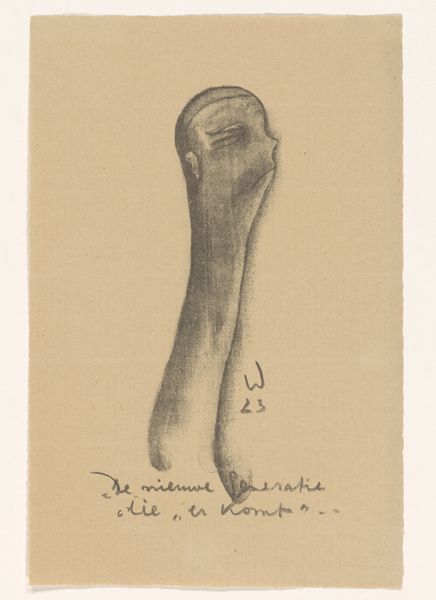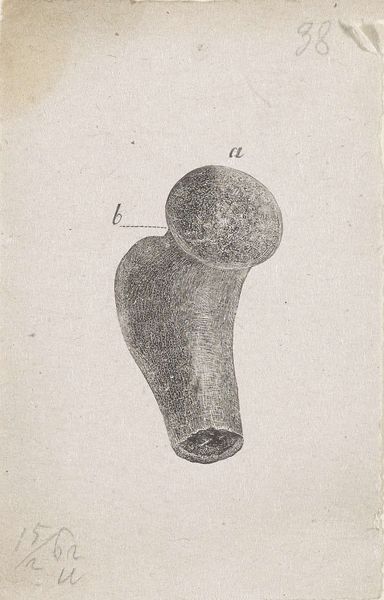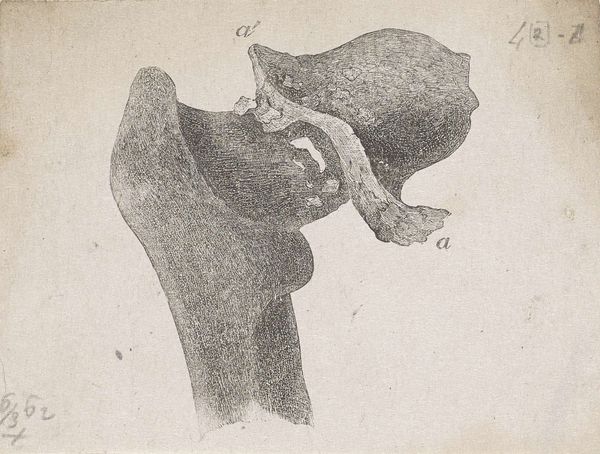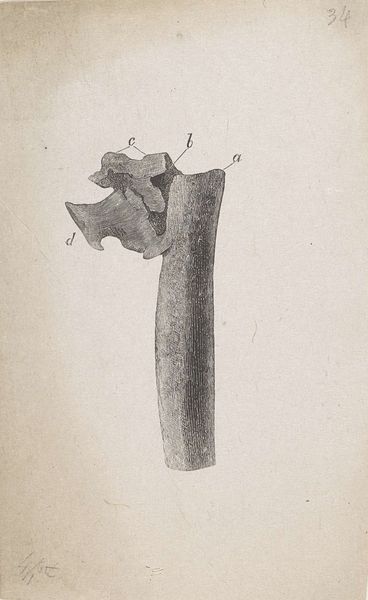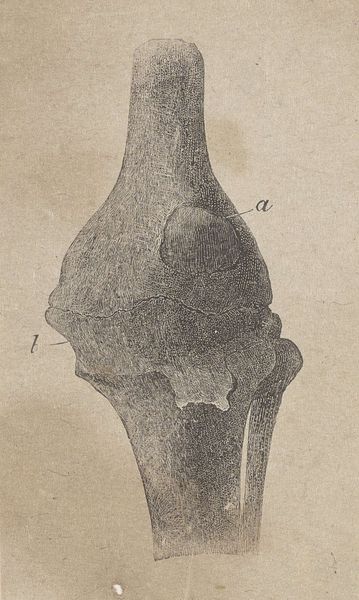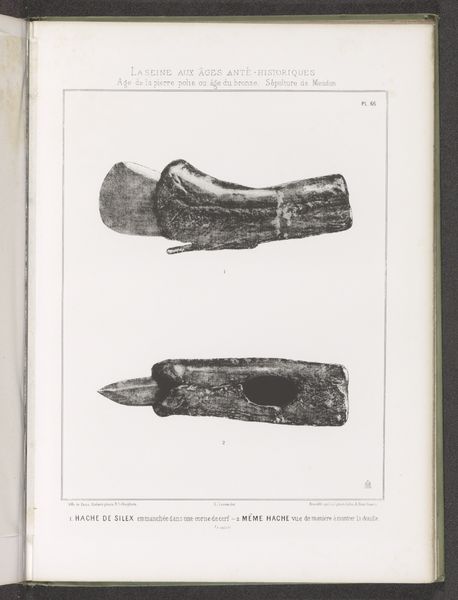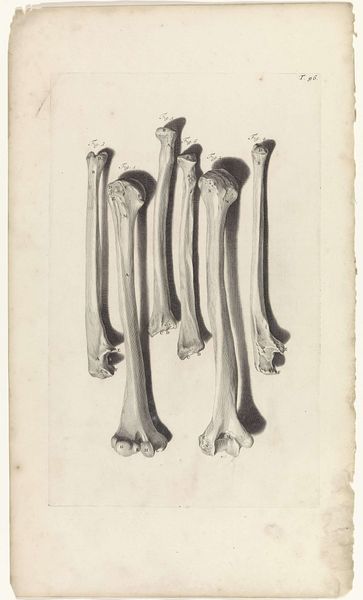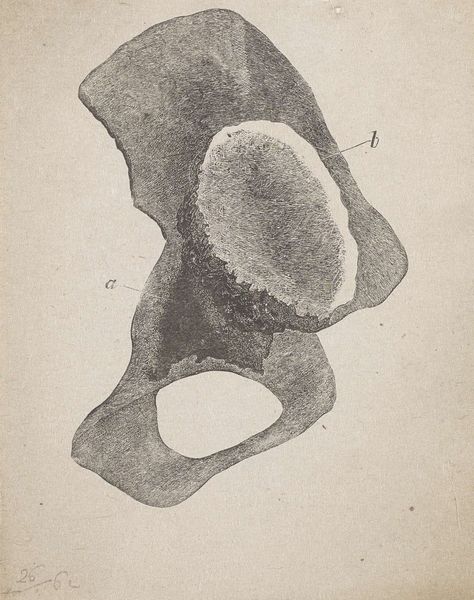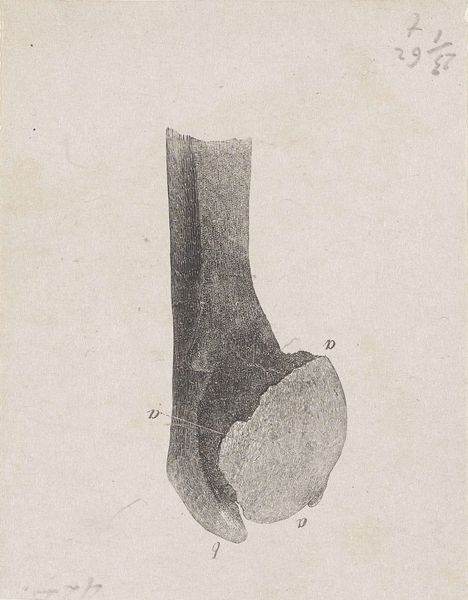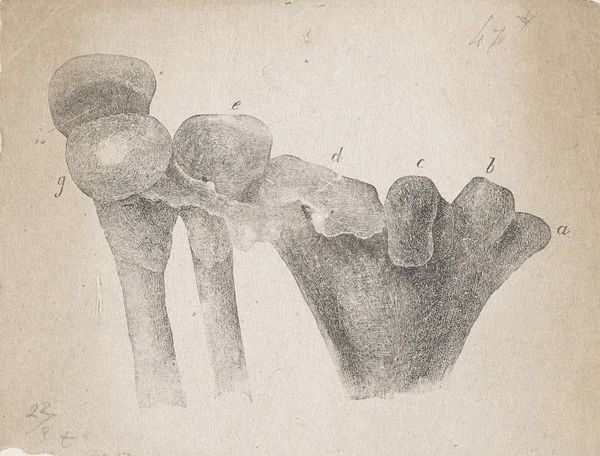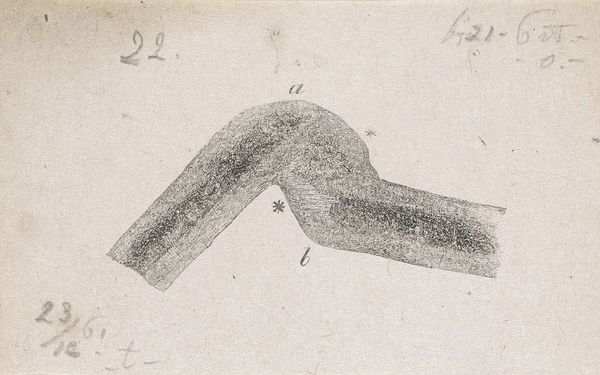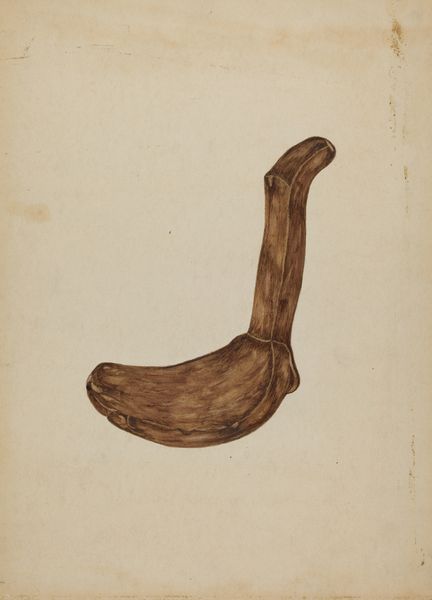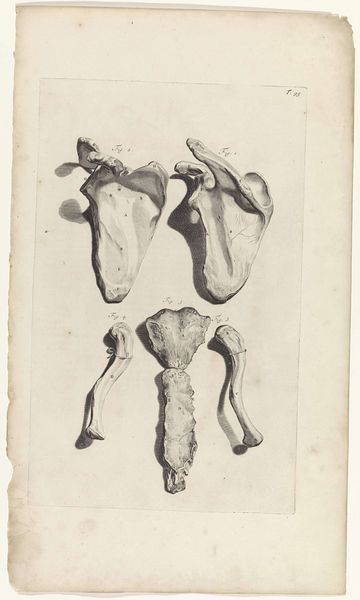
drawing, pencil
#
drawing
#
pencil sketch
#
pencil
#
academic-art
#
realism
Dimensions: height 95 mm, width 61 mm
Copyright: Rijks Museum: Open Domain
Editor: Here we have Isaac Weissenbruch's "Menselijk bot met een afwijking," or "Human Bone with an Anomaly," made sometime between 1836 and 1912. It's a pencil drawing currently housed at the Rijksmuseum. The level of detail achieved with just pencil is quite impressive. What stands out to you when you look at this work? Curator: For me, the compelling aspect lies in examining Weissenbruch’s process. Pencil, paper, and the act of meticulous rendering point us towards the value placed on scientific observation during that period. How was medical knowledge produced and disseminated? Editor: So, you're seeing it as a document of its time in relation to scientific study? Curator: Precisely! It makes you consider the labor involved, the choices regarding materials. Why use pencil and not ink, for instance? Perhaps pencil offered a certain flexibility for corrections, a crucial element in scientific illustration. Think about the mass production of such drawings and their distribution. Who was the audience? What level of understanding did they bring to the piece? Editor: I didn’t really consider the 'who' and 'why' of it, beyond its basic scientific subject matter. That makes it more engaging, knowing how such an image would have been received and utilized back then. Curator: And doesn't it also challenge the separation of "art" and "craft" or technical drawing? We see the aesthetic sensibility at play within what might be considered a purely functional depiction. It reflects the broader consumption of knowledge and the democratisation of science. Editor: That’s a really interesting perspective, thank you! It makes me consider the function and distribution of art, instead of only the aesthetic impact. Curator: Indeed. It invites us to analyze the material conditions of its creation and circulation and question how value and meaning are constructed around such objects.
Comments
No comments
Be the first to comment and join the conversation on the ultimate creative platform.

